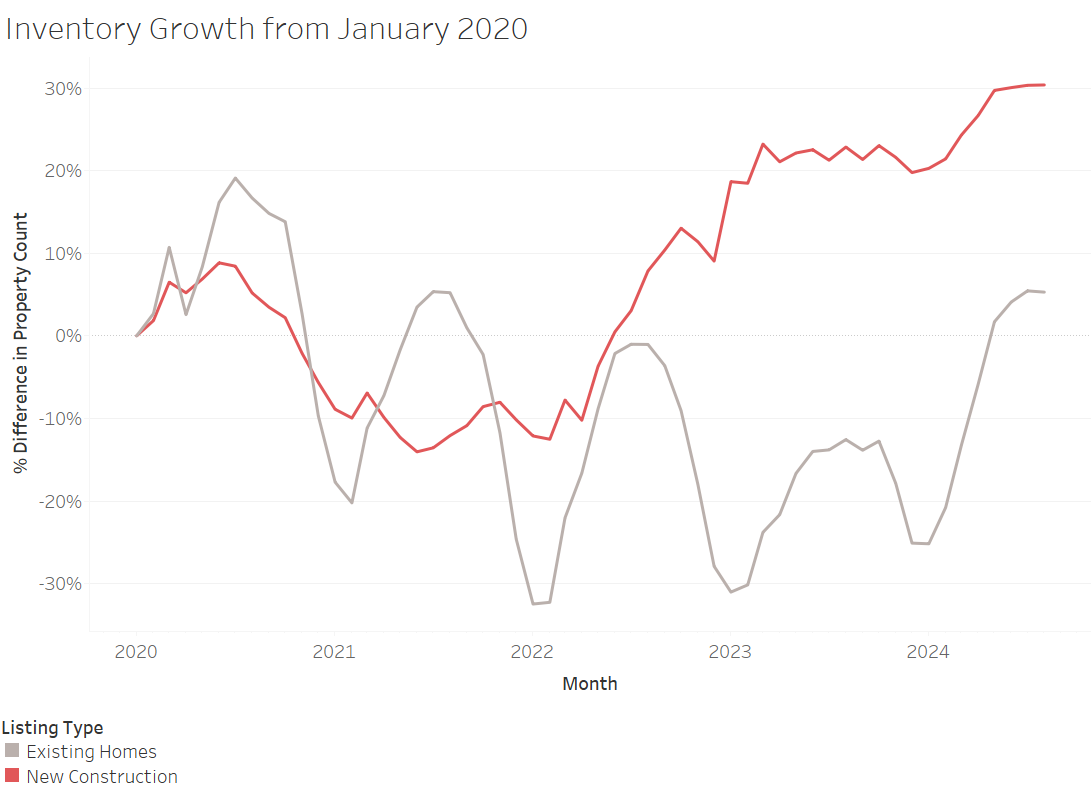“You manage things; you lead people.”
– Grace Murray Hopper
THE ART OF LEADERSHIP
Are You Managing Things or Leading People? Exploring Grace Murray Hopper's Distinction and Its Impact on Effective Leadership
Grace Murray Hopper’s quote, "You manage things; you lead people," challenges us to rethink our approach to leadership and management. This powerful statement differentiates between handling tasks and inspiring individuals, urging us to ask: Are we merely managing tasks, or are we truly leading our teams?
Management involves organizing resources, setting goals, and ensuring tasks are completed. It's about efficiency, processes, and systems. However, leadership goes beyond that. Leading people involves inspiring, motivating, and developing them. It’s about building trust, creating a shared vision, and empowering others to grow.
Effective leaders understand that people aren’t resources to be managed like tools or data. They have aspirations, emotions, and potential. When we focus solely on managing tasks, we may overlook the human element that drives performance and innovation. Leadership, therefore, requires connecting with people on a deeper level, understanding their strengths, and guiding them toward personal and professional growth.
The challenge lies in balancing both roles. While management ensures order and consistency, leadership fosters adaptability and resilience. Successful leaders don’t just allocate resources; they cultivate a culture where individuals feel valued and empowered to take initiative.
So, how can we shift from management to true leadership? It starts with recognizing that our teams are not just task-doers but individuals who bring unique contributions. Leaders must listen, encourage collaboration, and set an example that inspires others to follow.
As you reflect on Hopper’s quote, consider your approach: Are you managing things or leading people? How can you move toward a leadership style that values individuals over tasks? The difference could transform not only your team’s performance but also your overall impact as a leader.
COMMERCIAL CONSTRUCTION
Left Coast Utilities: Pioneering Fiber Optic and Copper Solutions with Unmatched Safety and Integrity – What's Behind Their Success?
Since its founding in 2008, Left Coast Utilities has been a trusted name in fiber optics and copper solutions, setting the standard in both outside and inside plant (OSP and ISP) services. Based in Largo, Florida, this American-owned company was established by Jeff Arrowood and Roy Adkins, who combined their engineering, construction management expertise, and entrepreneurial spirit to create a business built on the principles of honesty, integrity, and hard work. Their journey started even earlier, in 1997, with Arrowood leading utility construction projects in West Central Florida.
Over the years, Left Coast Utilities has expanded its portfolio to include projects ranging from manhole rehabilitation and telecom conduit installation to fiber construction, copper line rehabilitation, and emergency repair services. Their efforts have delivered hundreds of millions of dollars in completed projects, primarily serving governmental entities across the region. This wide-ranging expertise demonstrates their ability to handle the most demanding projects with precision and efficiency.
What truly sets Left Coast Utilities apart is their commitment to safety. The company has established a health and safety policy that conforms to industry best practices, to achieve zero incidents of accidents or injuries. Every employee is encouraged to uphold these high standards, working with mechanical and physical safeguards of the highest quality. But how do they ensure such dedication to safety and quality, and what steps are being taken to maintain this target?
As a company that prides itself on doing projects right the first time, Left Coast Utilities invites a conversation about the future of utility construction, fiber optics, and copper infrastructure. What innovations will be necessary to keep pace with the rapidly evolving industry, and how can safety and quality standards continue to improve?
How do you think Left Coast Utilities maintains such high standards of safety and integrity while working on large-scale fiber optic and copper projects?
#UtilityInnovation #FiberOptics #SafetyFirst— #The Dig Daily Dose (#@TheDigDailyDose)
1:31 PM • Oct 18, 2024
INFRASTRUCTURE INDUSTRY
Are Manufacturers Ready for a Digital Revolution? The Push for Customer Experience Transformation in the Industrial Sector"
As the manufacturing and construction industries face rapid digital disruption, companies are being urged to rethink their customer experience strategies. According to a Deloitte report, industrial businesses are under pressure to adopt digital tools to stay competitive, as customer expectations evolve rapidly in an increasingly digital world. But are companies truly ready to embrace this shift?
The research emphasizes that industrial firms must move beyond traditional sales models, focusing on digital platforms that provide seamless, end-to-end customer experiences. This transformation requires not only new technologies but also a cultural shift within companies to prioritize customer needs and flexibility. While many organizations recognize the urgency, a significant gap remains between awareness and execution.
Challenges like fragmented data, legacy systems, and resistance to change are often cited as barriers. However, the payoff for overcoming these hurdles can be significant—offering personalized services and connected products that lead to stronger customer relationships and new revenue streams.
With these findings, the question arises: how can industrial firms accelerate their digital transformation efforts, and are they prepared to meet the demands of today’s digitally savvy customers?
RESIDENTIAL RESEARCH
Is the Future of Affordable Housing in the South and West? New Construction Trends Suggest a Shift in U.S. Housing Solutions
The recent rise of new construction projects in the U.S. South and West regions is fueling debates on the future of affordable housing. As housing costs soar in traditional markets like the Northeast and West Coast, a growing number of developments in cities such as Atlanta, Austin, and Phoenix are providing more affordable options for middle-income families. Experts argue that these regions, with their lower land costs and pro-development policies, are positioned to lead the way in addressing the national housing crisis. But will this trend be enough to meet the growing demand for affordable housing, or does it risk creating new challenges related to urban sprawl and infrastructure strain?
Developers are taking advantage of the relatively lower regulatory barriers in these regions to fast-track projects, resulting in a surge of housing starts. However, concerns persist regarding the quality of these developments, their long-term affordability, and the potential for uneven growth that may exacerbate disparities within cities.
Could the expansion of affordable housing in the South and West be a sustainable solution, or might it shift the problem elsewhere? What will this mean for communities and the housing market nationwide? As these new construction trends continue, they invite a deeper conversation about how America can truly tackle its housing crisis.
As affordable housing projects expand in the South and West, can these regions sustain long-term growth without creating urban sprawl or infrastructure challenges?
#HousingTrends #UrbanGrowth #AffordableLiving— #The Dig Daily Dose (#@TheDigDailyDose)
1:16 PM • Oct 18, 2024
TOOLBOX TALK
The Importance of Heat Stress Prevention on Construction Sites
Introduction
Good morning, Team! Today, we’ll discuss a vital safety topic: heat stress prevention. Working outdoors in hot and humid conditions increases the risk of heat-related illnesses such as heat exhaustion and heat stroke. These conditions can develop quickly and pose serious health risks, potentially leading to long-term damage or even death. Understanding how to recognize the signs and prevent heat stress is essential for staying safe on the job.
Recognizing and Preventing Heat Stress
Heat stress occurs when the body cannot effectively cool itself due to high temperatures, humidity, direct sun exposure, or strenuous physical activity. The signs of heat stress include headache, dizziness, excessive sweating, weakness, and muscle cramps. Heat stroke is more severe and can involve confusion, nausea, vomiting, rapid pulse, and even loss of consciousness. It’s important to act quickly when symptoms appear to prevent heat-related emergencies.
Strategies for Heat Stress Prevention
Stay Hydrated: Drink water regularly throughout the day, even if you don’t feel thirsty. Avoid caffeine and sugary drinks, which can dehydrate you.
Take Breaks in Shade or Cool Areas: Make use of shaded rest areas or air-conditioned spaces during breaks. Resting in a cooler environment helps the body recover.
Wear Appropriate Clothing: Lightweight, light-colored, and loose-fitting clothing helps keep the body cool. Use hats and sunglasses for added sun protection.
Adjust Work Schedules: Whenever possible, schedule the most physically demanding tasks for cooler parts of the day, such as early morning or late afternoon.
Monitor Yourself and Others: Be alert for signs of heat stress in yourself and your coworkers. Report symptoms immediately, and don’t hesitate to seek medical attention if needed.
Discussion Questions
Have you or a coworker ever experienced heat stress on the job? What were the symptoms?
What steps do you take to stay cool and hydrated during hot weather?
How can we improve our heat stress prevention measures on the job site?
Conclusion
Preventing heat stress is crucial for keeping our team safe. By staying hydrated, taking breaks in cool areas, wearing appropriate clothing, scheduling demanding tasks during cooler times, and looking out for each other, we can reduce the risk of heat-related illnesses. Let’s all commit to following these practices and stay cool, stay safe!
Stay cool, work safe!








